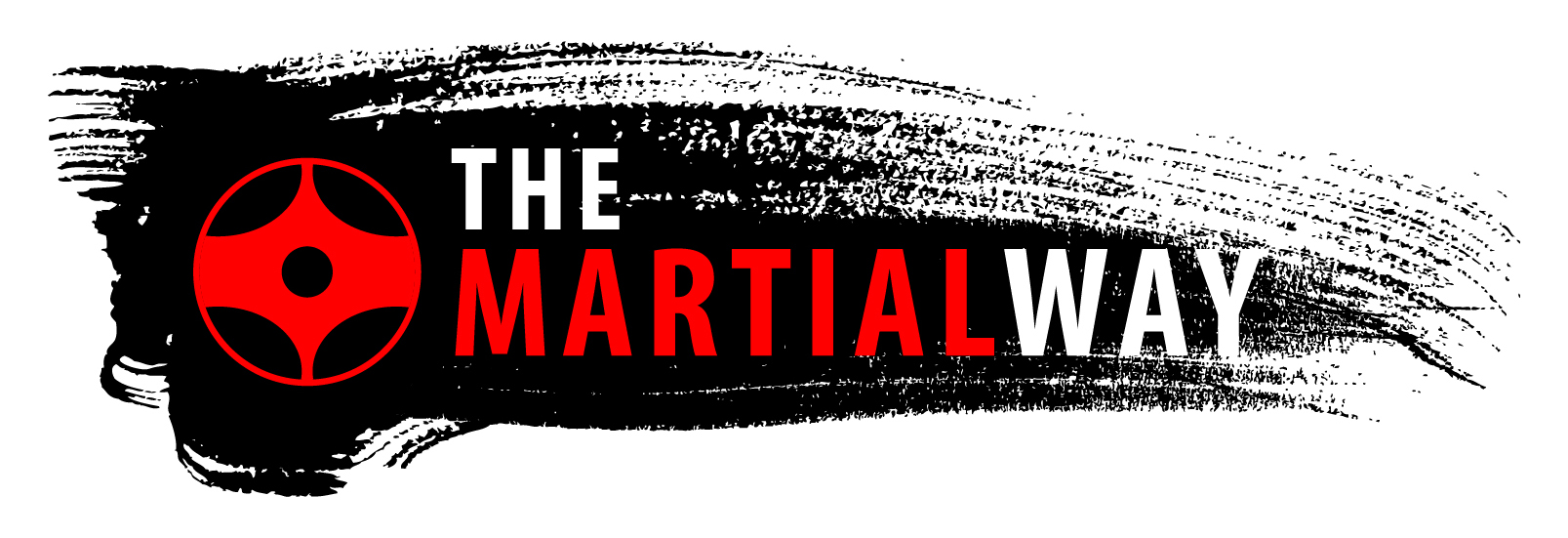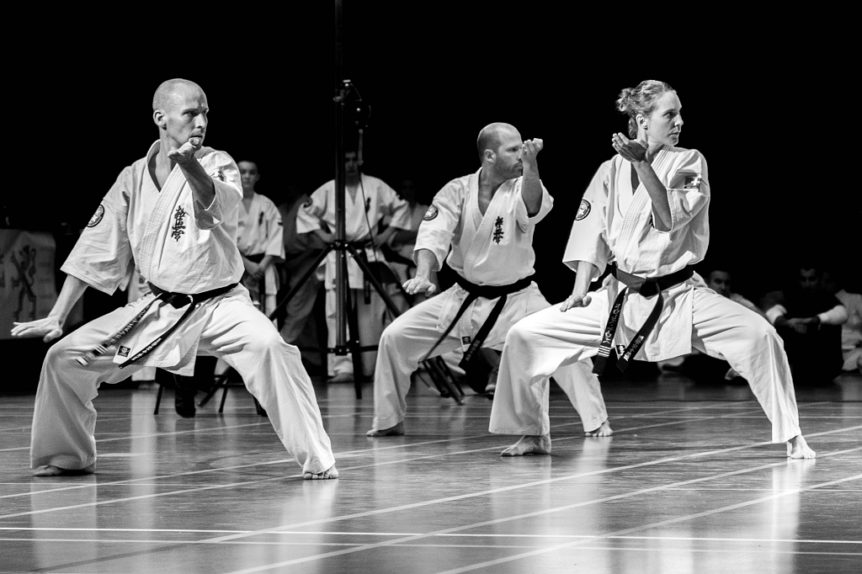After publishing my previous article on Kiba-dachi (Horse Stance) I received a lot of feedback. Some of which noted that a couple of pics in the article were in fact, Shiko-dachi (Square Stance). As well as general questions on the differences.
Although the two look very similar, the postures lend themselves to different applications and contexts of usage.
Kiba dachi
Kiba dachi is found primarily in the Shuri-te systems of kata, such as Shotokan, Motobu-ryu and of course, Shorin-ryu. The Naihanchi (Tekki) series of kata use this kata extensively. As mentioned in the previous article, the original Kiba-dachi was much higher than is found in today’s Mainland Japan Karate styles, and resemble more of a high squat position: legs straddled a bit wider than shoulder length, toes facing forward, knees bent, butt dropped behind, torso erect, slight posterior pelvic rotation.
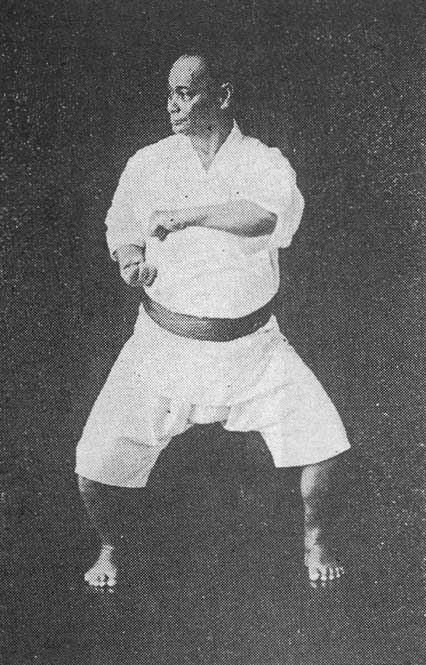
The stance doesn’t appear to be performed for combat application, but has more of a focus on developing endurance, and strengthening the mind-body connection. There was also an extensive focus on developing internal force, Qi (chi). However, this part in and of itself is a whole other topic. It is fairly evident that the stance wasn’t intended for combat, as one shove will break your balance. Facing an opponent in the side facing variation creates a mobility problem, as the knees are not made to move or absorb shock at right angles to the source; the front knee is also wide open for a stomp to render it unusable.
Kiba dachi is covered in more depth in the previous article.
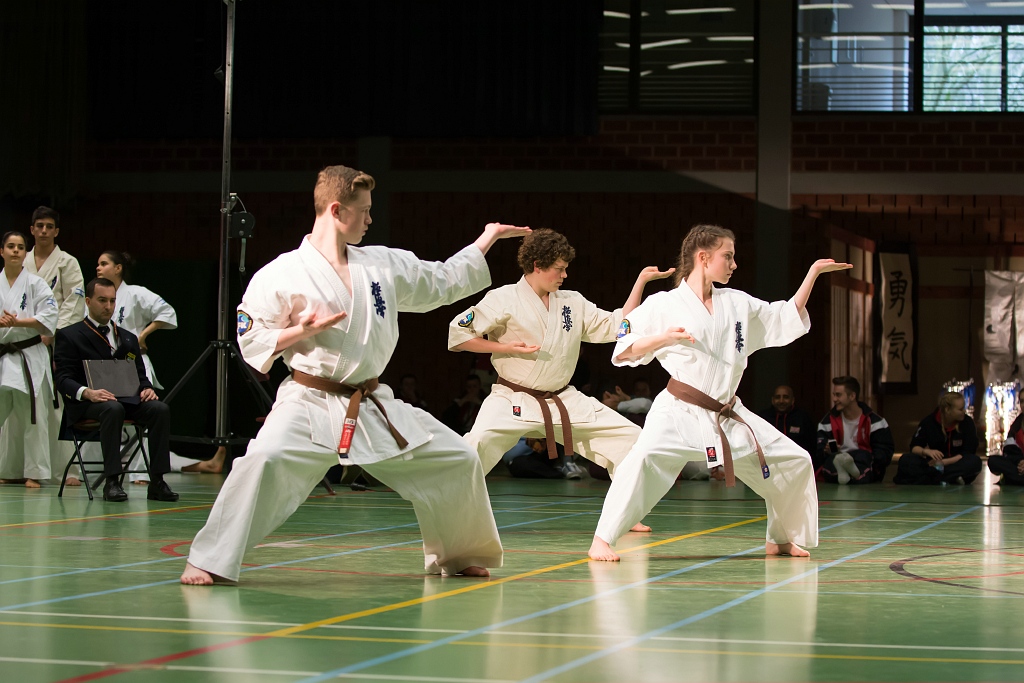
Shiko dachi
Shiko dachi (Square Stance, also known as Sumo Sance) is found primarily in the Naha-te systems of Karate, such as Goju-ryu, Uechi-ryu, etc. Seienchin kata, which is found in Goju-ryu and Kyokushin, makes extensive use of the stance. To many, shiko dachi is simply kiba dachi with the toes pointed out. The two can be thought of as related, but the difference between them is significant. As with kiba dachi, the reason for this stance’s appearance is directly tied to its intentional applications.
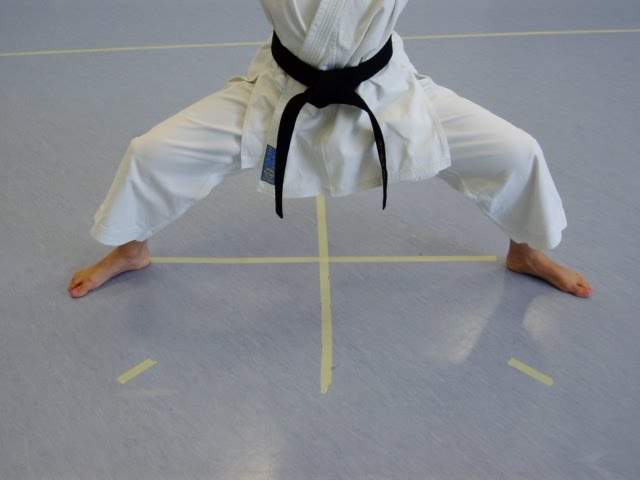
With the legs straddled wider than shoulder-width and the toes pointing forward, the body can only drop so far before the upper body begins to lean forward, diminishing stability (and placing an unhealthy pressure on the knees). By pointing the toes outward 45 degrees, knees in line with the toes and dropping the butt as in a squat, the body can drop much farther and still maintain a more upright posture.
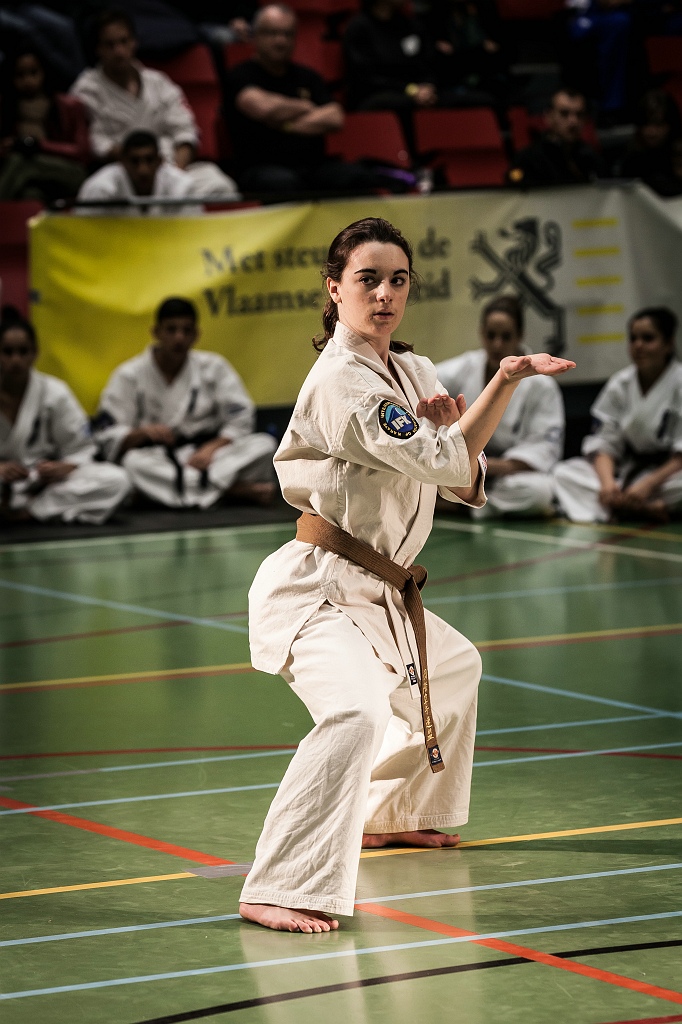
Shiko dachi picks up where kiba dachi leaves off.
With kiba dachi and shiko dachi in particular, watching the maneuvers of wrestlers and grapplers is very informative, and can shed some light on the functions of these stances within karate kata.

Shiko-dachi is so popular in Japan that many athletic coaches believe this is the best stance for their athletic activity.
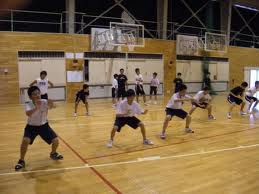
For example, you will find the warm-up and the leg exercise using shiko-dachi in a basketball training (above) and a soccer practice. Sumo, judo and western wrestling also engage in the exercises using shiko dachi.

One of the most popular sports in Japan is baseball. The photo left below shows the kind of exercise the Japanese high school baseball team members do (below left).
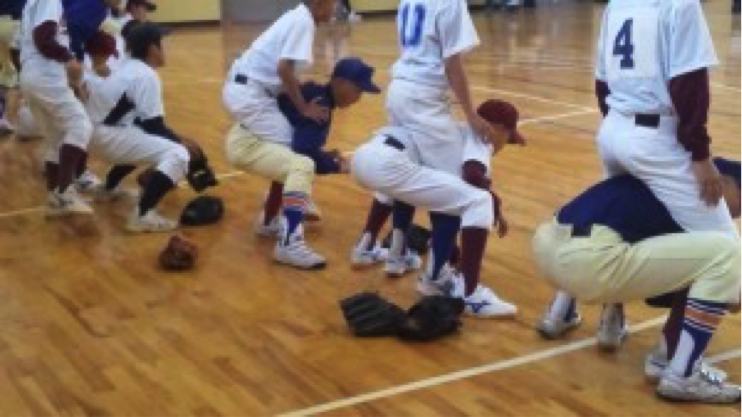
The photo below, shows the famous Japanese baseball player, Ichiro Suzuki, who now plays for the Seattle Mariners. One of the exercises he does on the field as shown in the photo is his stretch using wide shiko dachi.
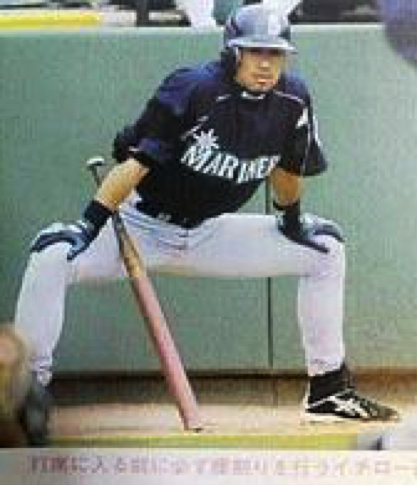
Shiko-dachi is typically used sideways on, at a 45 degree angle, or forward facing when leaning forwards.
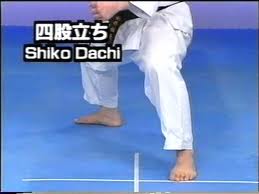
It’s function includes stability, pulling, pushing, trapping, tripping, throwing, checking, dropping, rising, and more. Some examples of how shiko-dachi is used during application of techniques can be seen in the following video of Goju-ryu.
OSU!
